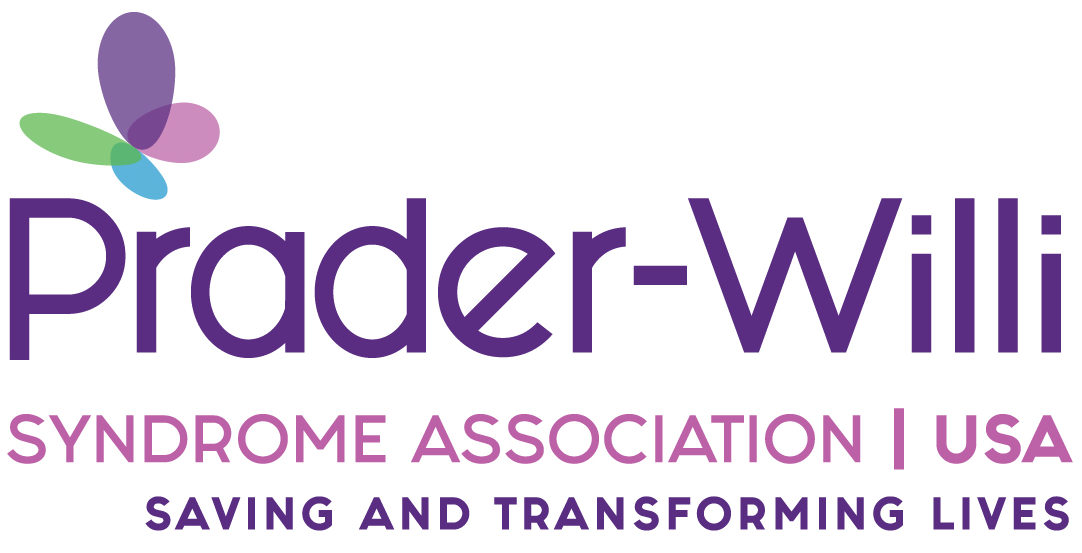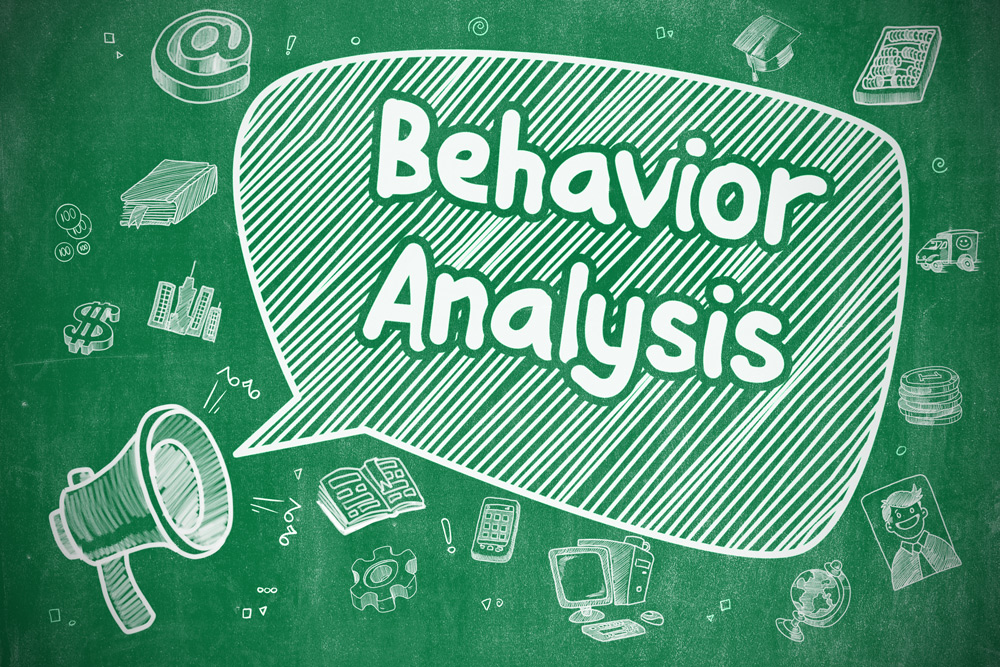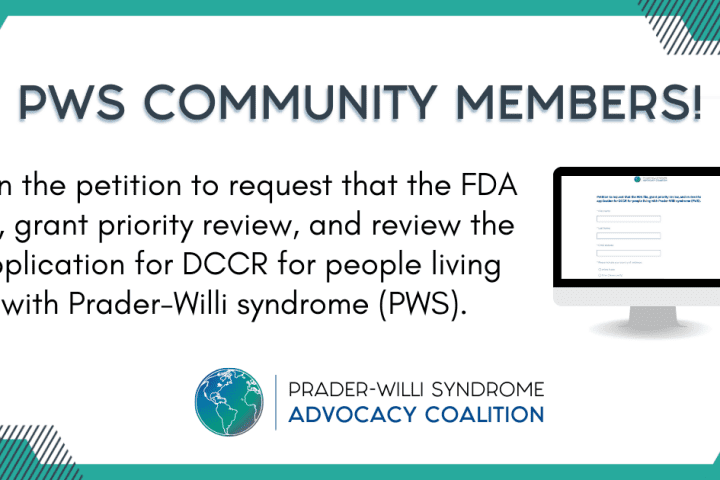By: Cindy Szapacs, M.Ed. BCBA
In the first entry for this series, a description of applied behavior analysis (ABA) was presented. It was discussed that ABA is a set of principles, not a specific intervention, that can be used to teach people of all ages and abilities to acquire socially significant behaviors using research-based techniques. Contrary to the belief of many, ABA is not limited to those who are diagnosed with autism. The beauty of ABA is that it allows interventions to be tailored specifically to the situation and the individual’s need. In this blog, I am going to discuss the behavior analytic view of how important the environment is when thinking about and changing behavior.
A key concept in ABA is that all behavior is a product of its environment. In order to understand this concept, I’d like to start by first providing you with a general behavior analytic definition of behavior: anything an organism does that creates a change in the environment. Notice that nowhere in this definition is the mention of “bad” or “negative” behavior. Behavior, in and of itself, is a neutral term. The effect it has on the environment defines whether it’s “bad” or “good.” ABA techniques are effective at both increasing appropriate behavior and decreasing inappropriate behavior. But behavior does not exist in a vacuum; the role of the environment must be considered anytime behavior is being analyzed.
Environment, in this context, refers not only to the physical environment the person is in, but also the way others interact with the individual and the internal events that may be going on inside that person (i.e. pain, hunger, obsessive thoughts). This behavior-environment interaction is summed up as the “ABC’s of behavior”: Antecedent — Behavior — Consequence. What happens immediatelybefore a behavior (antecedent) and immediatelyafter a behavior determines if the individual will engage in that behavior again, given a similar context. In order to understand behavior, we have to understand the context in occurs in. Consider this typical situation – a child engages in tantrums at home but not at school or Grandmom’s. His engagement in tantrum behavior is context dependent. It’s not that he cannot behave, it is that certain aspects of each environment influence whether he will or will not engage in the tantrum behavior.
By analyzing antecedents and consequences, we can determine why the individual is engaging in the behavior. Determining the function of the behavior is the first step in effectively changing behavior. There are 4 main functions of behavior: to get something we want, to avoid or delay something, to access social attention, and to access sensory stimulation. By looking at the antecedents and consequences, we can hypothesize a function. Based on function, we can decide how to intervene in the moment or how to set up the environment to prevent problem behavior and encourage appropriate behavior in the future.
During this problem-solving process, it’s important to remember that all behavior is observable and measurable. We cannot measure anxiety, but we can measure pulling off skin from lips and saying the same question more than 2 times in a row. The same is true for antecedents and consequences – they are discrete, observable events.Sometimes, something that occurred in the past may influence (but not cause or “trigger”) a person’s behavior. These are called setting events. Setting events are very important when considering the behavior of a person with Prader-Willi Syndrome. An example of a setting event would be not sleeping much the night before school. Given this setting event, when presented with a math worksheet, a student is more likelyto engage in problem behavior when tired then when not tired. The antecedent in this case would be the presentation of the worksheet, but the setting event of not sleeping the night before increased the likelihood that the student will engage in problem behavior. Once setting events are identified, a plan should be created. In this example, the parent notifies the teacher each time the child does not sleep well. The teacher then adjusts demands for the day and allows for a nap, therefore preventing engagement in problem behavior. Setting events are not excuses for inappropriate behavior; rather they are factors that must be considered to allow for success. The behavior of people with PWS seems to be exceptionally sensitive to the influence of setting events.
Now, back to function. How do you determine function and what do you do once you determine it? Check out the table below to help explain this:
| Function | Behavior often occurs when: | Behavior does notoccur or stops when: | Intervention: |
| Access social attention | Not given direct attention
— independent play time — group activity — hallway transition — independent routines — specific person is not available |
Given direct attention
— praise — verbal redirection — eye contact — prompting — from peer or adult |
· Ignore problem behavior
· Prompt engagement in alternative, appropriate behavior to access attention |
| To get something | · Preferred item/activity not available
· Told no following a request · Told to stop using item/activity
|
· Request granted
· Using preferred item · Engaged in preferred activity
|
· Do not allow access to item/activity
· Prompt appropriate response to request item · Offer alternative item/activity |
| To avoid something | · Presentation of demand
· Presentation of activity/transition · Told to stop something
|
· Activity removed/ ended
· Access to person removed/ended
|
· Maintain demand
· Limit attention to problem behavior · Prompt expected behavior |
| Sensory stimulation | · In presence of specific sensory input
· No predictable pattern
|
· In absence of specific sensory input
· No predictable pattern |
· Prompt to access/ request the sensory stimuli in a socially acceptable way
· Prompt appropriate way to escape the sensory stim stop |
All behavior has a function, but not all functions are obvious to the observer. Additionally, a single behavior can serve a different function in different contexts. For example, a student may engage in yelling behavior during group work to get the attention of peers, but may engage in the same behavior to escape a demand when asked to do reading. Each situation requires a different intervention. In order to help determine the function(s) of a behavior, data collection is helpful. Typically, if data are collected over 3 days, the entries can be analyzed and trends can be found. Here is a link to a website that has some nice ABC data collection sheets. http://ibov.jonathandedecker.com/abc-data-collection-sheet/Just remember, make sure you define the behavior in observable and measurable terms!
In summary, a person’s behavior is shaped by the environment. In order to change behavior, we need to determine the function of the behavior. By objectively observing the behavior in context, we can determine the function in order to figure out the best intervention plan. We cannot, however, minimize the effect that setting events on behavior. This is especially true for those who have Prader-Willi Syndrome. In the next article, I will get more specific as to how Prader-Willi Syndrome can effect ABA implementation.





 Jennifer Bolander has been serving as a Special Education Specialist for PWSA (USA) since October of 2015. She is a graduate of John Carroll University and lives in Ohio with her husband Brad and daughters Kate (17), and Sophia (13) who was born with PWS.
Jennifer Bolander has been serving as a Special Education Specialist for PWSA (USA) since October of 2015. She is a graduate of John Carroll University and lives in Ohio with her husband Brad and daughters Kate (17), and Sophia (13) who was born with PWS. Perry A. Zirkel has written more than 1,500 publications on various aspects of school law, with an emphasis on legal issues in special education. He writes a regular column for NAESP’s Principal magazine and NASP’s Communiqué newsletter, and he did so previously for Phi Delta Kappan and Teaching Exceptional Children.
Perry A. Zirkel has written more than 1,500 publications on various aspects of school law, with an emphasis on legal issues in special education. He writes a regular column for NAESP’s Principal magazine and NASP’s Communiqué newsletter, and he did so previously for Phi Delta Kappan and Teaching Exceptional Children. Evan has worked with the Prader-Willi Syndrome Association (USA) since 2007 primarily as a Crisis Intervention and Family Support Counselor. Evans works with parents and schools to foster strong collaborative relationships and appropriate educational environments for students with PWS.
Evan has worked with the Prader-Willi Syndrome Association (USA) since 2007 primarily as a Crisis Intervention and Family Support Counselor. Evans works with parents and schools to foster strong collaborative relationships and appropriate educational environments for students with PWS. Dr. Amy McTighe is the PWS Program Manager and Inpatient Teacher at the Center for Prader-Willi Syndrome at the Children’s Institute of Pittsburgh. She graduated from Duquesne University receiving her Bachelor’s and Master’s degree in Education with a focus on elementary education, special education, and language arts.
Dr. Amy McTighe is the PWS Program Manager and Inpatient Teacher at the Center for Prader-Willi Syndrome at the Children’s Institute of Pittsburgh. She graduated from Duquesne University receiving her Bachelor’s and Master’s degree in Education with a focus on elementary education, special education, and language arts. Staci Zimmerman works for Prader-Willi Syndrome Association of Colorado as an Individualized Education Program (IEP) consultant. Staci collaborates with the PWS multi-disciplinary clinic at the Children’s Hospital in Denver supporting families and school districts around the United States with their child’s Individual Educational Plan.
Staci Zimmerman works for Prader-Willi Syndrome Association of Colorado as an Individualized Education Program (IEP) consultant. Staci collaborates with the PWS multi-disciplinary clinic at the Children’s Hospital in Denver supporting families and school districts around the United States with their child’s Individual Educational Plan. Founded in 2001, SDLC is a non-profit legal services organization dedicated to protecting and advancing the legal rights of people with disabilities throughout the South. It partners with the Southern Poverty Law Center, Protection and Advocacy (P&A) programs, Legal Services Corporations (LSC) and disability organizations on major, systemic disability rights issues involving the Individuals with Disabilities Education Act (IDEA), Americans with Disabilities Act (ADA), and the federal Medicaid Act. Recently in November 2014, Jim retired.
Founded in 2001, SDLC is a non-profit legal services organization dedicated to protecting and advancing the legal rights of people with disabilities throughout the South. It partners with the Southern Poverty Law Center, Protection and Advocacy (P&A) programs, Legal Services Corporations (LSC) and disability organizations on major, systemic disability rights issues involving the Individuals with Disabilities Education Act (IDEA), Americans with Disabilities Act (ADA), and the federal Medicaid Act. Recently in November 2014, Jim retired.